Civ 7's New Mix & Match System Isn't For Everyone, But The Game Is Better Because Of It
Civilization 7introduced a new style of choosing leaders and civilizations that leans even further away from history than the previous entries in the franchise. While the Civilization franchise has always been pretty far off base when it comes to history, its use of real civilizations, wonders, and historical figures gave the impression that the game was at least trying to have some grounding in reality. However, as Civ 7 steps closer to allowing for more customization among civilizations, it has also taken a big step away from any sort of realism that the franchise may have been clinging to.
The biggest issue here is how Civ 7’s new leaders work. Not that leaders were ever that realistic to begin with, as it was always a little strange to see Alexander the Great ordering his nuclear submarine to level a modern city. They have become even more divorced from their historical context in Civ 7. However, despite this new creative approach, Civ 7 makes things a little muddy with its new style of dividing civilizations into periods like the Antiquity Age or Modern Age. The result is a Civilization game that is somehow more and less imaginative than previous entries.
How Civ 7's Mix And Match Civilizations Work
Players Can Mix Leaders And Different Civilizations
In previous Civilization games, players would select a civilization with its own leader and unique units and bonuses for different parts of the game. However, Civ 7 changes things by separating leaders from civilizations and allowing players to mix and match them. For instance, players can select Harriet Tubman as their leader but choose to start the game as Ancient Greece or the Khmer Empire. Because both leaders and civilizations now have unique bonuses, this new feature allows players to make combinations that best fit their unique playstyle.
Before, Civilization’s leaders felt more like representative figureheads for their respective cultures. It was less about them as individuals and more about taking a famous leader or historical figure from a given civilization so that each faction had a physical representation that could be interacted with.
Civ 7’s approach to leaders is a bit more literal, giving them skills that are representative of what they were best known for. By making leaders feel more like individuals, Civ 7 has made them feel more like immortal beings guiding multiple civilizations as opposed to simply being symbolic representations of a given culture.
Civilization Has Always Played Things Fast And Loose With History
The Civilization Franchise Has Always Allowed For Blending Of Cultures
Of course, it’s not like the Civilization games were always some bastion of historical fact. While civilizations in the game had their unique units that represented their culture, the games still allowed for plenty of mixing and matching of culture. For instance, many wonders that were specific to a certain real-life culture, like the Pyramids or the Temple of Artemis in Civ 6, could be built by any civilization. Civilization has always largely ignored the historical and cultural context that led to the construction of such Wonders in favor of making them game pieces that anyone can use.
This ignores the history behind certain civilizations’ development and encourages players to look at their new civilization as simply mechanical bonuses.
Funnily enough, Civ 7 has actually taken a step closer to acknowledging this by making certain Wonders unique to certain civilizations. However, other new elements of the game undo any step towards realism that unique Wonders provided. For instance, Civ 7’s new Age transitions have one culture morph into another, with little regard for the previously chosen civilization.
For example, an Antiquity Age Maya civilization can morph into the Normans during the Exploration Age. This ignores the history behind certain civilizations’ development and encourages players to look at their new civilization as simply mechanical bonuses instead of a distinct culture.
Civ 7’s Attempt At Realism Is Unsatisfying
The One Area Civ 7 Lacks Imagination Is Disappointing
One nice thing about the Civilization franchise’s loose approach to history was that it lets players experience an alternate history where any civilization was allowed to survive the passage of time. It allowed for a Roman Empire that never fell apart or native populations to flourish without being impacted by colonialism and forced assimilation. For as many steps away from reality as Civ 7 takes, it is unfortunate that this is the one area where the game decides to lose all imagination.
Civ 7’s new Age mechanics force players to choose a new civilization at the start of each new age. No longer can players take an ancient civilization like Babylon and advance it to the Modern Age instead, they are forced to switch to a culture that Civ 7 deems more representative of that period. This is perhaps best represented by the fact that no North American native culture is available past Civ 7’s Exploration Age, replaced instead by America. Sure, this America can be led by the Shawnee chief Tecumseh, but Traditions like Robber Barons show what America Civ intends.
Ultimately, Civilization 7 presents a world that imagines Catherine the Great can be the leader of Rome, then Hawai’i, and then France but can’t fathom the existence of many native cultures in the Modern Age. Worse yet, it presents the erasure of these cultures as inevitable progress instead of imperial powers forcing their beliefs and customs on the people of the world. It’s disappointing to see where the game is willing to allow for more imaginative elements and where it decides that certain historical events must happen.
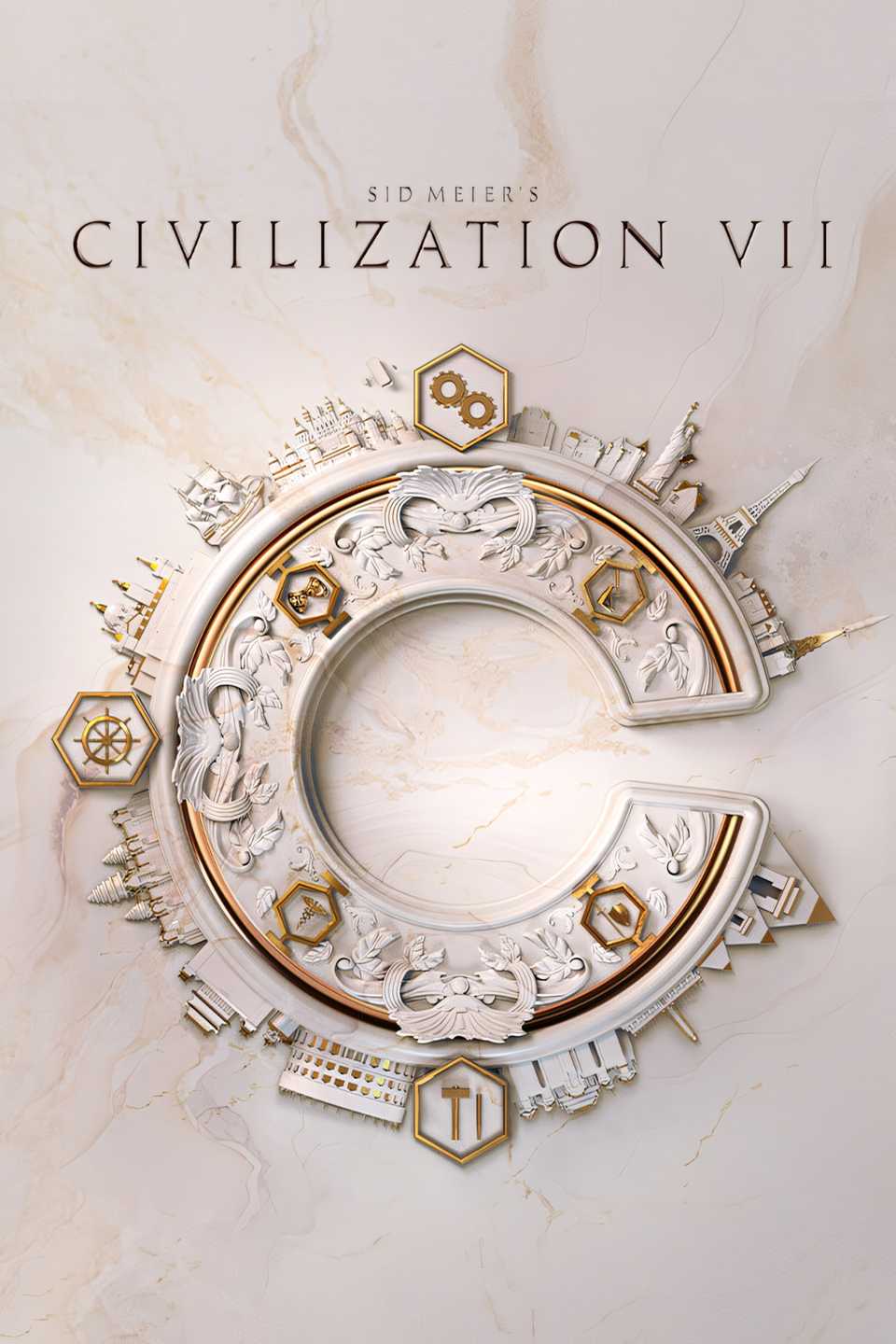

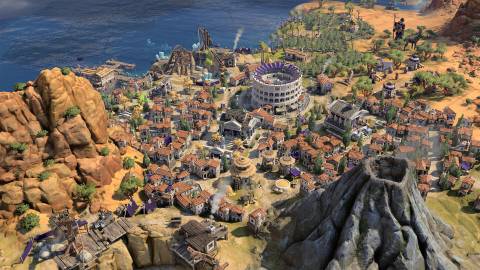
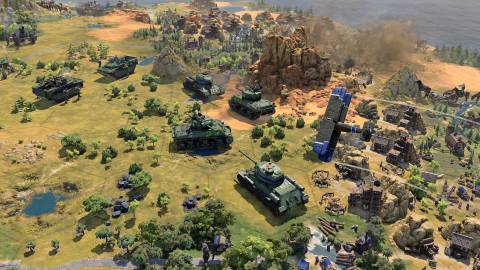
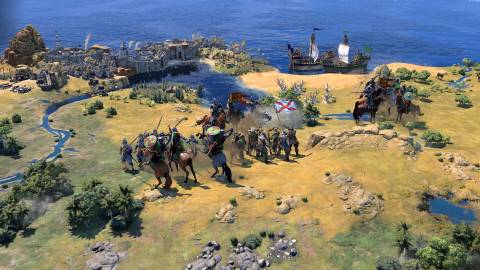
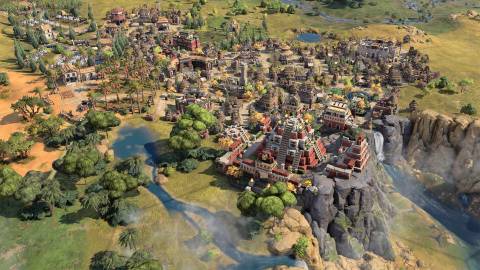

Sid Meier's Civilization VII
 OpenCritic Reviews
OpenCritic Reviews- Released
- February 11, 2025
- ESRB
- Everyone 10+ // Alcohol and Tobacco Reference, Mild Language, Mild Violence, Suggestive Themes
- Developer(s)
- Firaxis Games
- Publisher(s)
- 2K
- Engine
- Gamebryo Engine

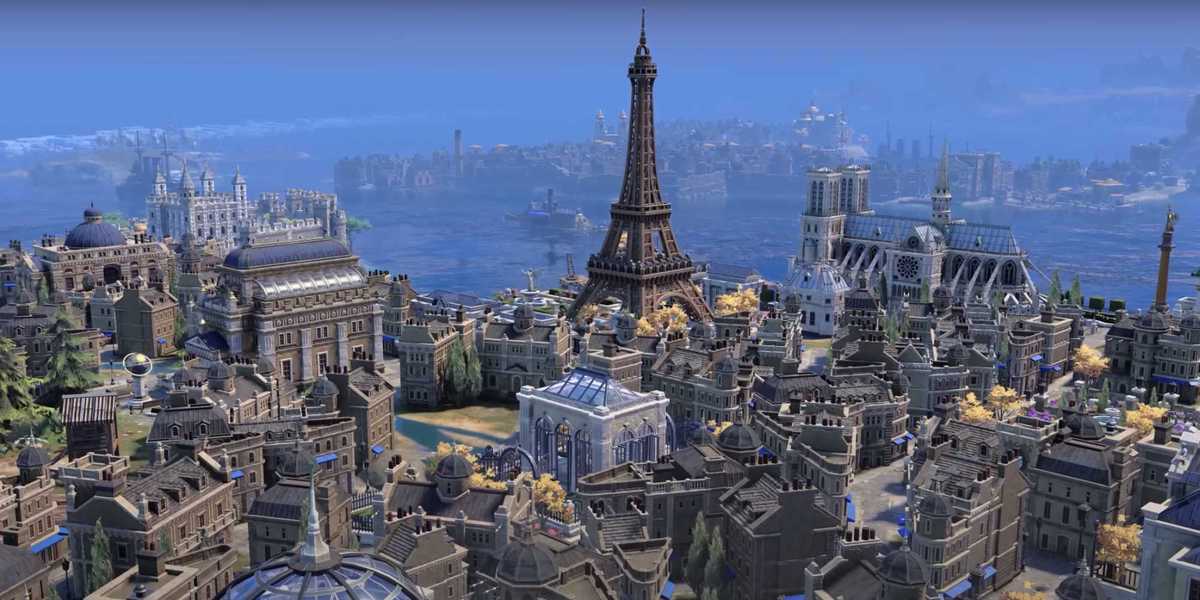









Your comment has not been saved